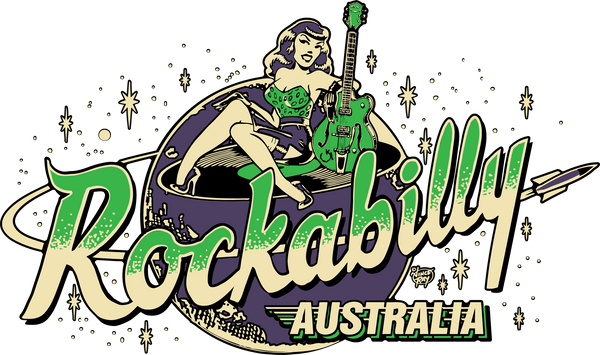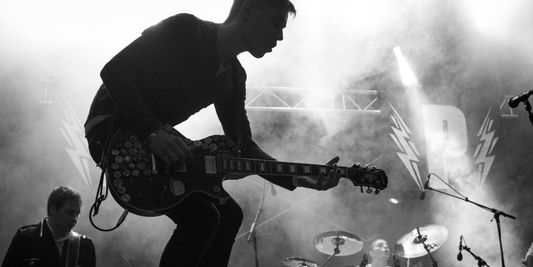
The term "pin-up" originally referred to images that were literally pinned up on walls, lockers, and barracks during the early 20th century. These images typically featured glamorous models, actresses, and burlesque performers, adorned in seductive poses and scanty attire. While the concept of pin-up art can be traced back to the 19th century with the popularity of burlesque posters and illustrations, it truly flourished in the early to mid-20th century, particularly during the World War II era.
 During World War II, pin-up art reached the height of its popularity, becoming an integral part of American morale-boosting efforts. Pin-up girls adorned the noses of fighter planes, graced the pages of military publications, and provided a source of comfort and inspiration to servicemen far from home. The most famous pin-up of this era was arguably Betty Grable, whose iconic poster adorned the walls of countless soldiers' barracks.
During World War II, pin-up art reached the height of its popularity, becoming an integral part of American morale-boosting efforts. Pin-up girls adorned the noses of fighter planes, graced the pages of military publications, and provided a source of comfort and inspiration to servicemen far from home. The most famous pin-up of this era was arguably Betty Grable, whose iconic poster adorned the walls of countless soldiers' barracks.

 In recent years, pin-up culture has experienced a resurgence, fueled in part by nostalgia for the glamour and sophistication of a bygone era. Today, pin-up photography, fashion, and artwork continue to inspire and captivate audiences around the world. From vintage-inspired clothing lines to burlesque revivals, the spirit of the pin-up lives on, reminding us of the enduring allure of beauty, femininity, and self-confidence.
In recent years, pin-up culture has experienced a resurgence, fueled in part by nostalgia for the glamour and sophistication of a bygone era. Today, pin-up photography, fashion, and artwork continue to inspire and captivate audiences around the world. From vintage-inspired clothing lines to burlesque revivals, the spirit of the pin-up lives on, reminding us of the enduring allure of beauty, femininity, and self-confidence.In conclusion, the history of pin-up is a testament to the enduring power of beauty, glamour, and self-expression. From its humble beginnings as wartime morale-boosters to its status as a cultural phenomenon, pin-up culture has captivated audiences for generations. Whether seen as a form of empowerment or an expression of artistic creativity, one thing is clear: the allure of the pin-up is as timeless as it is irresistible.




